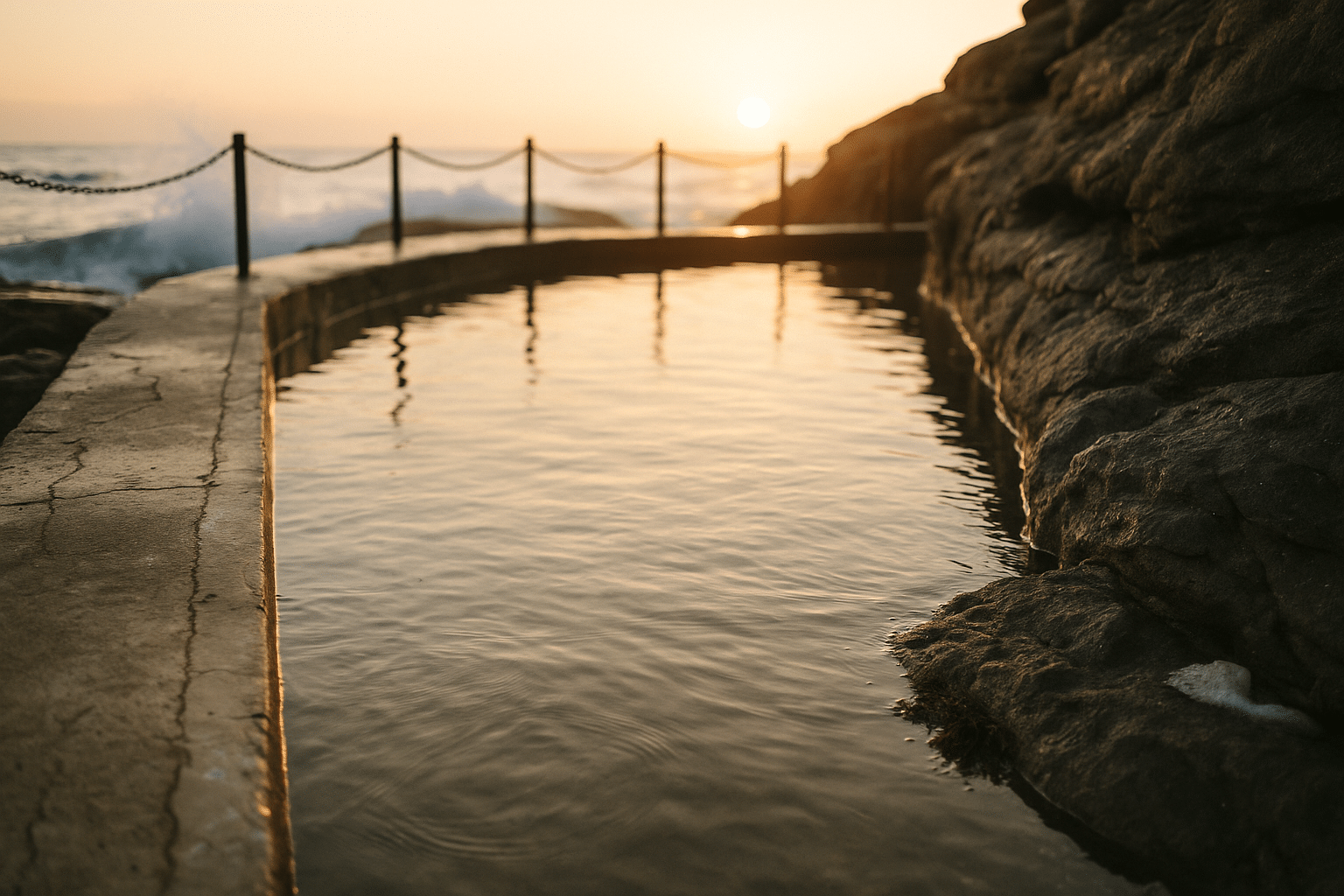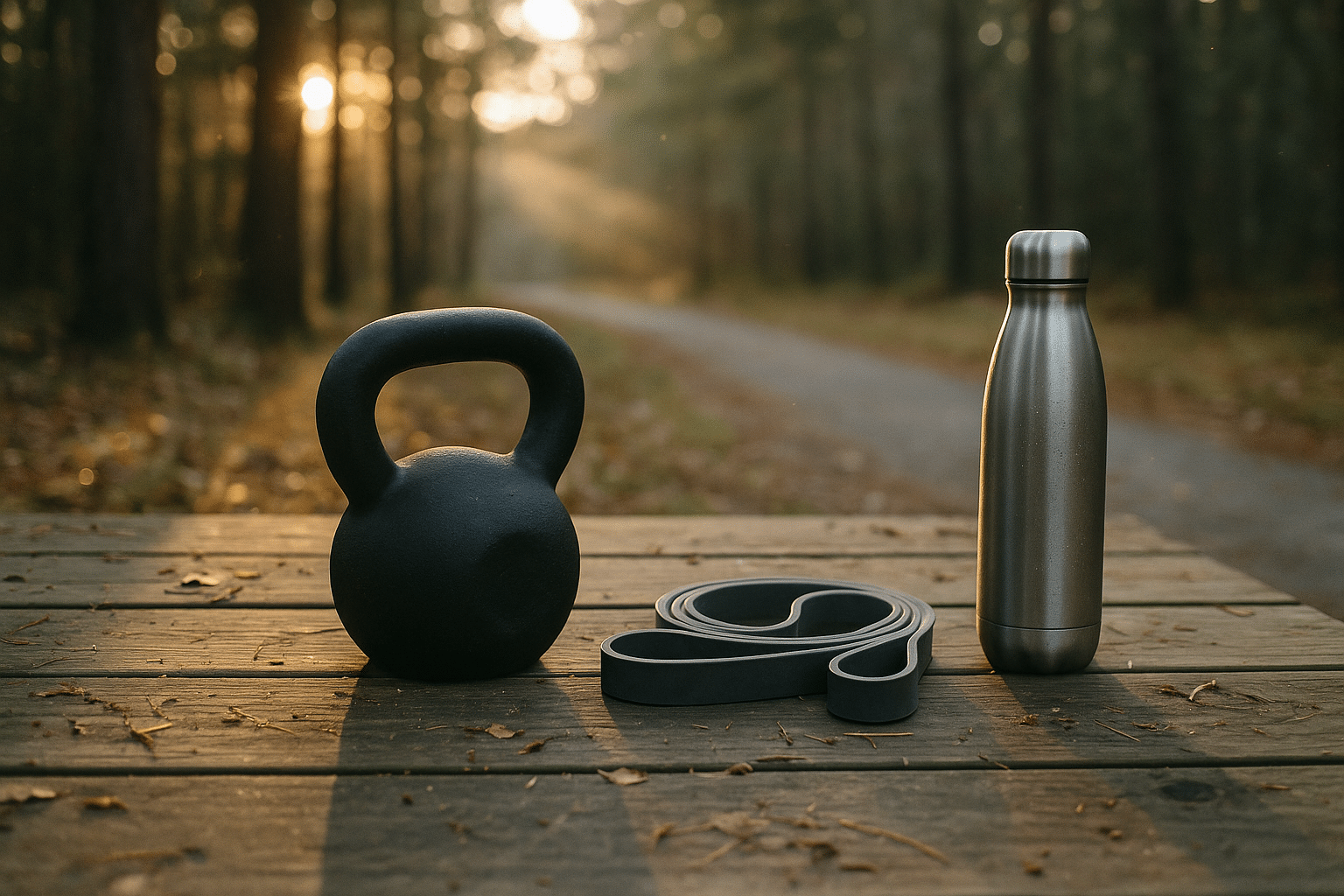
Explore the world of swimming
Swimming is more than a sport; it is a lifelong skill, a gentle healer for joints, and a reliable path to cardiovascular fitness. Whether you are dipping your toes into the shallow end or logging intervals at dawn, the water invites a calm focus that turns effort into rhythm. In a world that often feels hurried, the pool or open water offers a sanctuary where breathing finds its pace and movement feels intentional.
Outline
– Why swimming matters: health, longevity, and mindset
– Strokes and technique fundamentals: how efficiency is built
– Training frameworks for endurance, speed, and skill
– Environments, safety, and essential gear
– Conclusion: charting your course in the water
Why Swimming Matters: Health, Longevity, and Mindset
Swimming carries a rare combination of high energy expenditure and low musculoskeletal strain. Many lap sessions fall between roughly 6 and 11 METs (metabolic equivalents), a range comparable to steady running or vigorous cycling, yet the water’s buoyancy reduces impact on joints. Submerged to the neck, effective body weight can drop by up to about 90%, which eases stress on knees, hips, and the spine. For people managing joint sensitivity, this reduction is meaningful: it allows sustained aerobic work without the repetitive pounding common on land.
Cardiovascular effects are similarly compelling. Regular swimming supports heart health, improves stroke volume, and can help regulate blood pressure. In water, hydrostatic pressure assists venous return, often lowering heart rate at a given workload by roughly 10–13 beats per minute compared with land-based exercise. That means a session can feel challenging while the heart rate reads slightly lower than expected. Over time, consistent practice enhances VO2 max and builds endurance in a way that transfers to daily energy and resilience.
Breathing control is another distinctive benefit. The cadence of inhale-turn, exhale-underwater trains the respiratory muscles and encourages diaphragmatic breathing. This rhythmic regulation, paired with the sensory experience of immersion, contributes to mental calm. Many swimmers describe a meditative quality to laps: the lane lines, the hush of bubbles, the predictable flip turns. While experiences vary, research broadly aligns with the observation that regular aquatic exercise supports mood and reduces perceived stress.
Practical advantages make swimming accessible across ages and abilities. Pools and calm open-water venues accommodate varied intensity levels, from gentle aqua-jogging to interval sets. It also integrates smoothly with injury rehab and cross-training, helping maintain fitness when land-based options are limited.
Key takeaways for health-minded swimmers:
– Low-impact training while sustaining meaningful aerobic and muscular work
– Built-in breath regulation that supports focus and calm
– Broad adaptability across ages, abilities, and fitness goals
– Joint-friendly conditioning that complements walking, cycling, and strength work
Strokes and Technique: From Body Position to Efficient Propulsion
Efficiency in the water begins with balance and alignment. Think of your body as a long vessel that moves most easily when streamlined. Head neutral, eyes down or slightly forward; hips near the surface; a gentle core brace helps keep legs from sinking. Reduce drag first—before trying to pull harder—because streamlined positioning is the quiet engine behind sustainable speed.
Freestyle: Roll through the spine as if skimming along a central axis. Extend the lead arm forward, then set the catch by anchoring the hand and forearm on the water. Pull in an “S-light” path beneath the body, finishing near the hip. The kick supports timing, not just propulsion; a compact flutter keeps the body line steady. Common errors include over-rotating the head during breaths and crossing the midline with the lead hand, which increases lateral sway and drag.
Backstroke: With the face up, keep hips high and chin tucked slightly to avoid a hollow lower back. Thumbs recover out of the water first, then enter pinky-first about shoulder-width. A steady flutter kick stabilizes the torso. Watch for dropped hips and a sculling pull that slips water; a clean, vertical forearm during the catch improves purchase and reduces shoulder strain.
Breaststroke: Timing is the art here—glide with the body long, then execute a coordinated pull-breathe-kick-glide sequence. Hands sweep out, then in beneath the chest; the powerful whip kick follows as the body returns to streamline. Overly wide arm sweeps or a rush to kick shortens the glide and trades efficiency for fatigue. A well-timed glide is often the difference between smooth and sluggish.
Butterfly: Picture a wave traveling from chest to toes. Arms recover relaxed over the surface; the catch engages the lats and chest, pressing water back while the core drives the undulation. Two kicks per cycle—one during the entry, one during the pull—help maintain momentum. Most swimmers over-muscle butterfly, but rhythm and a stable midline are more valuable than brute force.
Drills accelerate improvement:
– Freestyle catch-up and fingertip drag to refine timing and recovery path
– Single-arm backstroke to isolate rotation and catch
– Breaststroke pull with a streamline kick to sharpen glide timing
– Butterfly 3-3-3 (three strokes right, three left, three full) to build rhythm
A simple weekly focus can refine mechanics without overwhelming volume:
– One session emphasizing balance and body line
– One session centered on catch mechanics and feel for the water
– One session refining breathing patterns and stroke timing
Record small metrics—stroke count per length, perceived exertion, and 100-meter pace—to spot form gains. Efficiency shows up first as easier effort at the same speed, then as faster repeats without extra strain.
Training Frameworks: Building Endurance, Speed, and Skill
A reliable swim session follows a simple shape: warm-up, skill work, main set, and cool-down. The warm-up gradually increases intensity and range of motion. Skill work targets one or two priorities—catch mechanics, kick tempo, or streamlined turns. The main set carries the fitness load through intervals, and the cool-down restores calm rhythm, aiding recovery.
Intervals and pacing: Organize sets by distance and rest to nudge specific adaptations. For aerobic development, repeat moderate distances (for example, 6×200 with short rest), keeping pace steady. For threshold, choose shorter repeats with controlled rest (for example, 10×100 with 15–20 seconds rest), sustaining a pace that feels challenging but repeatable. Speed work emphasizes short repeats (25s or 50s) with generous rest to maintain crisp form and high-quality force application.
Swimmers often track effort using perceived exertion or heart rate. Note that heart rate in water typically runs lower than on land at similar effort, so compare sessions to your own baseline rather than fixed formulas. For a practical guide:
– Aerobic endurance: around 60–75% of your perceived maximum effort
– Threshold: around 80–90% while sustaining pace across all repeats
– Speed/anaerobic: brief, near-maximum efforts with full technical control
A sample week for general fitness (adjust to your context):
– Session 1 (Technique + Aerobic): 10–15 minutes warm-up, 10–15 minutes drills, main set 6×200 moderate with consistent pacing, easy cool-down
– Session 2 (Threshold Focus): Warm-up, 8–12×100 at strong but even pace with short rest, easy cool-down
– Session 3 (Speed + Skills): Warm-up, 12–16×50 alternating fast and easy, add short kick sets, easy cool-down
Progress markers help anchor training:
– Time trials: 400 and 200 meters to estimate threshold pace
– Stroke count: aim for steady counts at a given pace to indicate improved efficiency
– Pace per 100 meters: track across months to see clear trends
Strength and mobility are supportive allies. Land-based work for shoulders, back, and hips enhances stability in the water. Focus on scapular control, core bracing, and hip extension. Gentle mobility for the thoracic spine and ankles aids streamlining and kick mechanics. Recovery matters too: quality sleep, steady hydration, and periodic lower-intensity weeks sustain gains and reduce injury risk.
Finally, tailor training to your goals:
– Endurance emphasis: longer aerobic sets, occasional threshold sets, consistent volume
– Speed emphasis: frequent short sprints, technique at high velocity, generous rest
– Triathlon or open water: sighting practice, continuous swims, and variable-pace sets to mimic race dynamics
Clarity, not complexity, builds durable fitness. A few well-designed sessions each week, repeated with care and minor progressions, create momentum that is both measurable and motivating.
Environments, Safety, and Essential Gear
Water settings shape your experience. Pools offer controlled conditions—steady temperature, clear markings, and predictable water movement—which is ideal for learning technique and measuring progress. Typical training pools range around 26–28°C, while leisure pools may sit warmer at 28–31°C. Open water introduces beautiful variety but also variables: currents, wind chop, visibility, and temperature shifts. For many swimmers, both environments complement each other—precision in the pool, adventure in lakes, rivers, or calm coastal areas.
Temperature and exposure deserve attention. Moderate open-water swimming commonly feels comfortable around 18–24°C, although individual comfort varies widely. Below roughly 15°C, cold stress becomes a significant factor, lengthening acclimation needs and limiting safe exposure. In very warm water (above roughly 31°C), heat stress and dehydration can rise quickly, particularly during longer sessions. Plan duration and clothing accordingly, and listen carefully to your body’s early signals.
Safety is foundational. According to global health estimates, drowning causes hundreds of thousands of deaths each year, with one widely cited figure around 236,000 annually. Respect for conditions—and simple protective habits—reduces risk:
– Swim with a buddy or in supervised areas when possible
– Check weather, currents, and water quality reports before open-water sessions
– Use a brightly colored tow float in open water to increase visibility
– Practice sighting: lift your eyes briefly, align with objects on shore, then return to streamline
– Ease into colder water; begin with shorter entries and exit early if you feel numbness, confusion, or uncontrolled shivering
Gear need not be complicated. Goggles that seal comfortably and a swim cap help maintain visibility and reduce drag. Many swimmers keep a small kit: kickboard, pull buoy, short-blade fins, and small paddles. Each tool serves a purpose—refining body position, isolating kick, or enhancing feel for the catch—but use paddles judiciously to avoid shoulder overload. A simple, waterproof watch or a pace clock can guide intervals without distraction. In sunny conditions, protect skin with water-resistant sunscreen and consider UV-protective clothing; water’s reflective surface can intensify exposure.
Water quality and air care also matter. In indoor venues, proper ventilation limits chloramine buildup, which can irritate eyes and airways. Rinse after sessions, and consider ear-drying practices if you are prone to swimmer’s ear. In open water, avoid areas with heavy boat traffic, slicks, or unusual odors, and be cautious after storms that may elevate runoff and reduce visibility.
With a little planning—choosing the right venue, packing a concise gear set, and respecting conditions—you give yourself the gift of confident, enjoyable sessions that build fitness without unnecessary risk.
Conclusion: Charting Your Course in the Water
Every swimmer begins with a single, deliberate length. From there, momentum builds: a steadier breath, a quieter kick, a catch that finally feels anchored. Whether your aim is heart health, skill mastery, or simply the serene ritual of counting tiles, swimming adapts to your life rather than demanding you adapt to it.
For newcomers, the most important step is consistency. Two or three sessions per week form a reliable base; keep early sets short enough to exit the water wishing for one more repeat. Focus each week on one technical theme—streamline, catch setup, or breathing rhythm—so practice feels purposeful. Track a few simple metrics (pace per 100 meters, stroke count, perceived exertion) and celebrate small improvements. They add up.
If you’re returning after a break, give yourself a short on-ramp: two to four weeks of technique-centered aerobic swimming with ample rest. This period refreshes movement patterns and prepares the shoulders and hips for higher loads. When you add intensity, do it in measured steps—one threshold set in week one, two in week two—maintaining form as the primary yardstick.
Those pursuing performance can lean on periodic testing (for example, 400 and 200 time trials) to adjust training speeds and ensure workouts target the right systems. Blend strength work for the shoulders, back, and core with mobility for the upper spine and ankles to support efficient lines in the water. Recovery is training, too: quality sleep and easy days allow adaptation to take hold.
A few closing prompts to guide your path:
– Set a clear, time-bound goal (for example, swim 1,500 meters continuously in eight weeks)
– Choose three weekly sessions with distinct purposes: technique, threshold, and endurance or speed
– Pair with a like-minded partner or group for accountability and shared progress
– Respect conditions and your body’s signals; leave the water feeling steady rather than spent
There is a special satisfaction in gliding down a lane with quiet confidence, knowing each stroke fits, each breath lands, and effort becomes ease. Let the water be your teacher. Start where you are, move with intention, and enjoy the steady unfolding of strength, calm, and capability—one length at a time.


